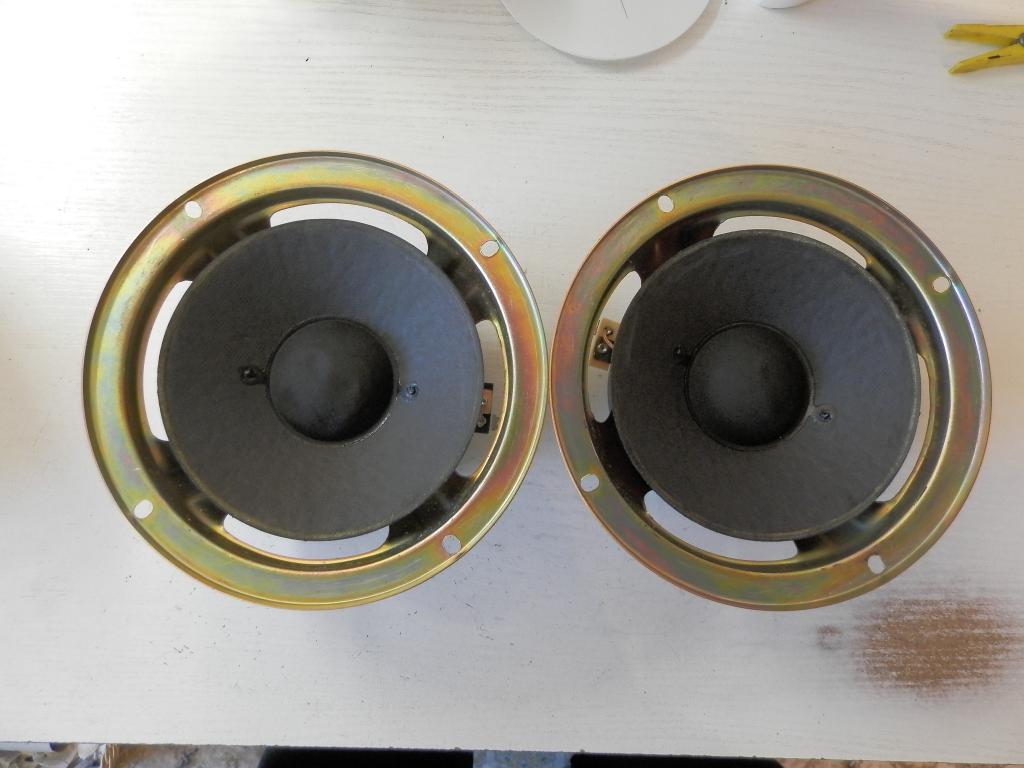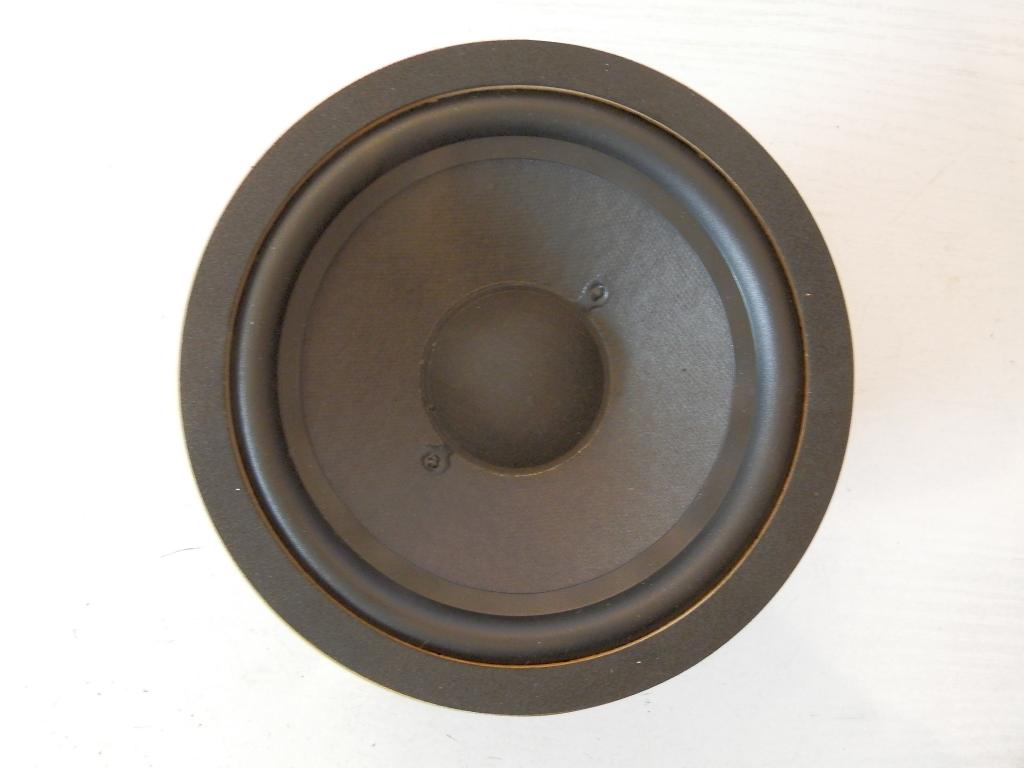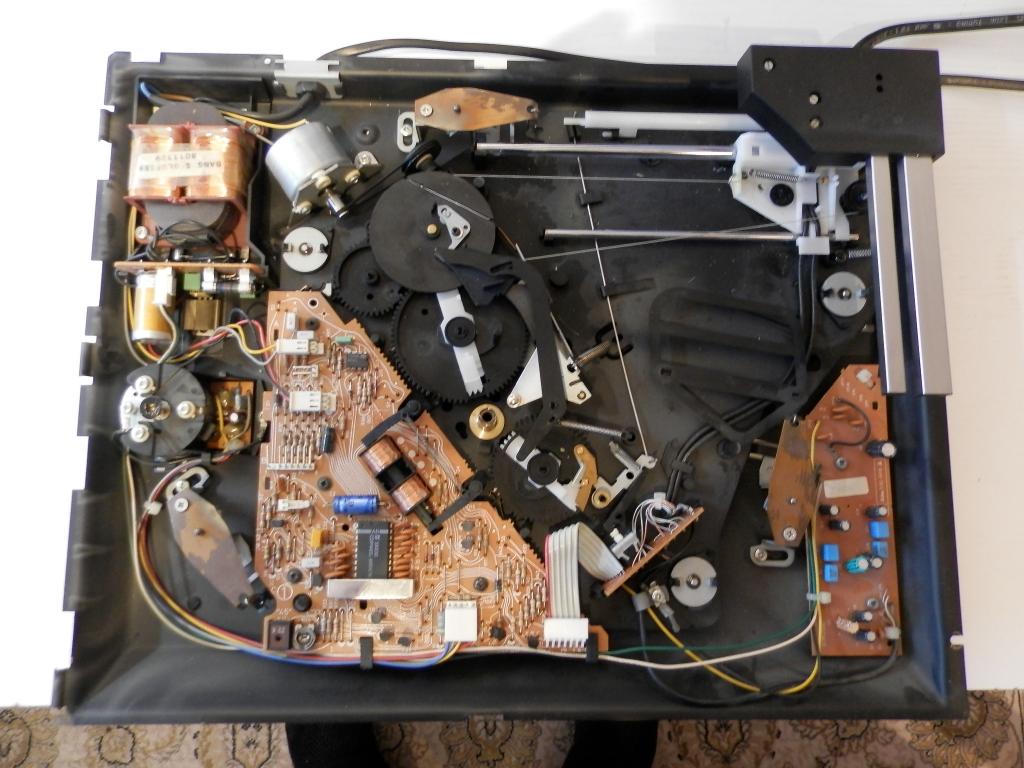Forum Replies Created
- AuthorPosts
- 18 December 2022 at 10:13 in reply to: BeoLab 8000: 5-pin cable from RCA-PCB to LED-PCB sensitive #39861
The voltage/load of the 2x18V is not quite symmetric, the load is unsymmetric… around ~20V is ok.
The problem does not move with exchanging the power boards?
If no movement, the problem is not the power supply…
Probably the amplifier itself… broken line, defect cap… check the +/- 15V supply. The on/off logic is on the amplifier…
A Penta has 300W output… your neighbourhood will know every detail of your songs…
It’s the adjustment of the “no load current” potentiometer … or the poti itself is defect… overheating the amp. Touch the metal of the amp, it becomes pretty hot with this defect.
I use a special transformer, switchable in 10V steps… 10 – 240V, with Volt and Ampere Display.
Instead of a fuse a 220V light bulb can help, if there is a shortcut problem… a light goes on.
Die 8000er hören sich schon gut an, aber wie bei vielen B&O Sachen wurde wert auf Schönheit und Optik gelegt, weniger auf den Klang. Für mittlere Räume sind sie serienmäßig ok, für einen Fernseher reichen sie dicke. Für viel Baß sind sie eher … schmächtig.
Serienmäßig zersetzt sich jetzt der Schaumstoff darin, ich sag nur schwarze Pampe. Nett…
Nach 30 Jahren ist auch der Standby Trafo meist defekt. Kein Problem wenn man sich damit auskennt.
Die Elkos im Soundweg sind eine Zumutung, auch nach 30 Jahren nicht mehr ok, aber auch das ist problemlos machbar mit dem Lötkolben.
Die Platinen haben gut 4-5 Revisionen, manche sind brüchig wie ein Keks und kaum machbar, echt ein Ärgernis. Frühe Versionen haben Material, das kaum noch lötbar ist…
Oft sind sie in wunderbarem optischen Zustand zu bekommen, manchmal waren sie auch für Hund/Katze der Bieselbaum. Alles schon dagewesen … dann rinnt innen die Soße. Eklig. Aber das gibt’s mit vielen Säulenlautsprechern. Jedenfalls mache ich keine 8000er mit rostigem Standfuß…
Ob Mark 1 oder 2… egal. Beide Versionen kann man auf/umrüsten, Audiophil ist erreichbar, ist halt Arbeit, aber alles problemlos machbar. Dann spielen aber die meisten B&O Sachen in einer völlig anderen Liga… aber eben nicht ab Werk. Zumindest nicht die Hardware von 1970-2000… aber es geht sehr viel damit.
6 December 2022 at 04:28 in reply to: BeoLab 8000: 5-pin cable from RCA-PCB to LED-PCB sensitive #39859Check the standby trafo. 2x 18V~
5 December 2022 at 04:53 in reply to: Beolab, Beovox Pentas – Ein Lautsprecher für die Ewigkeit #33973Ja.
Die Schaumstoffsicke ist zwar minimal leichter, sie ist aber steiffer… weil dicker und neu sogar deutlich steiffer. Sie muss quasi erst eingespielt werden und weichgeklopft werden.
Halte mal die Schaumsicke in der Hand, waagrecht… sie bleibt waagrecht stehen. Die Gummisicke dagegen hängt nahezu schlaff runter oder will es zumindest tun.
Wenn man sich auch ansieht, wieviel Hub der Mitteltöner macht… minimal. Das ist kein Tieftöner, dem man zusehen kann und auch mal einen Zentimeter macht. Der Mitteltöner macht bestenfalls mal Zehntel Millimeter, gerade soviel, dass man ihn mit der Hand spüren kann.
Ich habe keinerlei negativen Effekt mit der Gummimembran gehört oder bemerkt. Sie klingen nach wie vor hervorragend…
ÖHMMMM… wenn ich mir die Kleberpanscherei mancher Videos ansehe, gibt es viel mehr zu reklamieren, das oben verlinkte Video ist OK und sogar gut gemacht.
Meistens wird das Chassis kaum bis garnicht gereinigt, es bleiben Mengen an Altmaterial am Rahmen sowie der Membrane dran. Alter Kleber, alter Schaum… es wird nur drübergekleistert und draufgematscht. DAS ist Pfusch… und Pfusch wiegt auch was und hält auch nicht. Das kann man sich dann schenken…
Die technischen Werte der Pentas…??? Hmmm, wenn ich mir die Penta im Original anhöre, höre ich nur einen muffigen großen Lautsprecher der in Bubble Folie eingepackt ist. Dumpf, laut, sehr wenig Höhen.
Also von dem her ist mit Pentas erstaunlich wenig zu wollen. Sich da über Sicken zu unterhalten: das ist pillepalle egal.
Gibt man dagegen der Penta eine Frequenzweiche, die den theoretisch berechneten Werten im Schaltplan entspricht, ändert sich das gewaltig. Die Serienwerte sind mit magnetischen Röderstein Bipolar-Elkos bestückt, Toleranz +50% -20%. Darüber sollte man sich mal unterhalten… das ist 80er Jahre Schrott.
Bestückt man die Penta mit +/-5% Material… ok, wir unterhalten uns da über 300 Euro an Material und nehmen dafür MKT Folien, dann klingt das schon mal völlig anders. Die Folie ist schon mal weg vom Lautsprecher. Gibt dann auch etwas besseres nicht-magnetisches Material, spitzen schon mal die Ohren… da kommt dann was rüber. Das sind dann aber schon 300-500 Euro Material.
Rechnet man dann auch nochmal die Dämpfungswerte der Hoch- und Mitteltöner nach, warum mit magnetischen Draht-Hochlast Widerständen so wenig Klarheit rüberkommt… alles klar. Kann man ja auch mittlerweile induktiv rausmessen, was so ein Widerstand anrichtet.
Jep, und wenn man das richtig gerechnet hat, den Mist rausgelötet hat: dann hat man eine Penta, die sich hören läßt. Audiophil sogar. Dann können wir uns unterhalten über Schaumstoff oder Gummi. Und Gummi ist dann besser 🙂
1 December 2022 at 10:07 in reply to: BeoLab 8000: 5-pin cable from RCA-PCB to LED-PCB sensitive #39856Measure the sound source device to the beolab input. Without the RCA cabel connected.
Some houses use different power installations… and have problems with the 220V power distribution. Sometimes there are some hundred Volts between the power plugs.
Soooo, use ONE power plug for all of the hardware you use. Connect Beomaster, Beolab, all sources and loudspeaker with ONE power plug in the wall. And disconnect the antenna…
I had a BC9300 here with 190V Antenna to ground …making a spark when plugged in ! And when touched making a gribbling hand…
1 December 2022 at 09:49 in reply to: Beolab 4000 – Taugen die was? Vergleich mit Beolab 6000 etc.. #34454Die 4000er braucht den Schaumstoff nicht, auch die 2500er nicht… da mache ich ihn komplett raus. Ich bemerke auch keine negative Klangänderung davor/danach…
Nur die 6000/8000 brauchen den Schaumstoff dringend, sonst atmen sie hörbar durch den Bassreflexkanal… aber nur als Trennung Verstärker/Lautsprecherraum und rund um den Kanal. Der Rest ist unnötig.
Geiles Zeug, gell? Hilfreich sind ein paar Gummihandschuhe und ein Eimer oder Wanne zum Wegwerfen… der Rest geht mit Isopropanol vom Innenleben wieder ab. Das Schaumstoff Zeug ist überaus ätzend, es bildet Tröpfchen und zersetzt punktuell die Leiterbahnen der Platinen.
It is possible to remove the glass panel … 1 bolt on the side. It’s a push and lift construktion…
… and then you see the rubber contact to the glass panel. Or is it missing? Touch and start.
Never touch the glass inside… NEVER!
I have a pair of these early 8000 beolabs. They are still working perfect.
The difference to later models is: the rubber is not glued ON the cone, the rubber is glued BEHIND the cone… what looks better.
The problem is: you dont see if the glue fails and splits rubber/cone and you can hear it breathing. Also the linear control of the cone fails and rubs on the coil… scratching mechanical sound…
I have seen some of them with this fault., very often on Beolab 2500. A reglue of the rubber solves the problem… what is difficult on these 8000 woofers. You need a very, very liquid glue mixture… the original Latex glue is waterbased and can be used with little bit more water.
Die Redline klingen hervorragend dazu… schon 2x so gemacht. RL60 passen perfekt dazu.
Nuuuuuur: die RL sind allesamt uralt. Die Weichenelkos sind fix&foxy und viele Membranen ebenso, meist ist auch der Stoff sowas von hinüber.
aber in gutem Zustand und gemacht sind sie erstklassig geeignet. Und sie gehören an die Decke…
Es kann die Gleitschiene sein, die ist normalerweise mit einem weissen Teflonfett geschmiert. Aber auch die dahinter liegende zweite Schiene sollte etwas abbekommen, die hebt und senkt den Tonarm.
Wesentlich wahrscheinlicher jedoch ist die Umlenkrolle vom Seil… auf dem Bild etwas vom Tonarm verdeckt. Die läuft gerne mal trocken…
Have you made the 220V- 240V modification? 10% more or less power…
Press “Mute” in Standby on the keyboard… and a light will go on.
A converter deactivates the Powerlink.
Check the 7805 power regulator… there musst be 5V. These 5V switch TR5 on.
And test 92 R1 !… it could be a thermal resistor inside the transformer.
9 November 2022 at 11:20 in reply to: BeoLab 8000: 5-pin cable from RCA-PCB to LED-PCB sensitive #39854Your phone is isolated to Ground and to the 240V power.
RCA from somewhat else as a sound source is not isolated, it can have voltage to Ground. Sometimes very high voltages… i found already antennas with 190V (!!!)
Measure before plugging in the RCA the voltage between source and 8000. Measure ground to ground and signal to signal. There will be some voltage. Use DC and AC (!!!)
Use 1 (!!!) multi power plug/cord for source and 8000. Then the voltage should be gone.
If gone, your house installation has a problem.
Have you ever seen this BC working? With your own eyes or ears?
Are you the owner? Or bought it later? With unknown defect?
OK, start again.
Call it transformer. If you connect the transformer to the regulator power board it blows the fuse.
Easy. Connect a regulated powersupply instead the transformer to the regulator board.
Maybe one of the 4 diodes of the rectifier have blown. Or C3 2200uF has a short.
But if the BC could be working in Standby and reacted to keys… and then it blew the fuse: C6 10uF is dead.
Were any caps already replaced? In the correct polarity? A cap in wrong position will make you have a nice day…
Put a 12V 5W light bulb … or 2 of them inline … in the overload line. Replace the fuse with the lights.
If you have a light, then there is a problem.
I told you, that the motor has caps inside (!!!). Check it.
Disconnect the drive… and use the bulbs to save money.
- AuthorPosts



